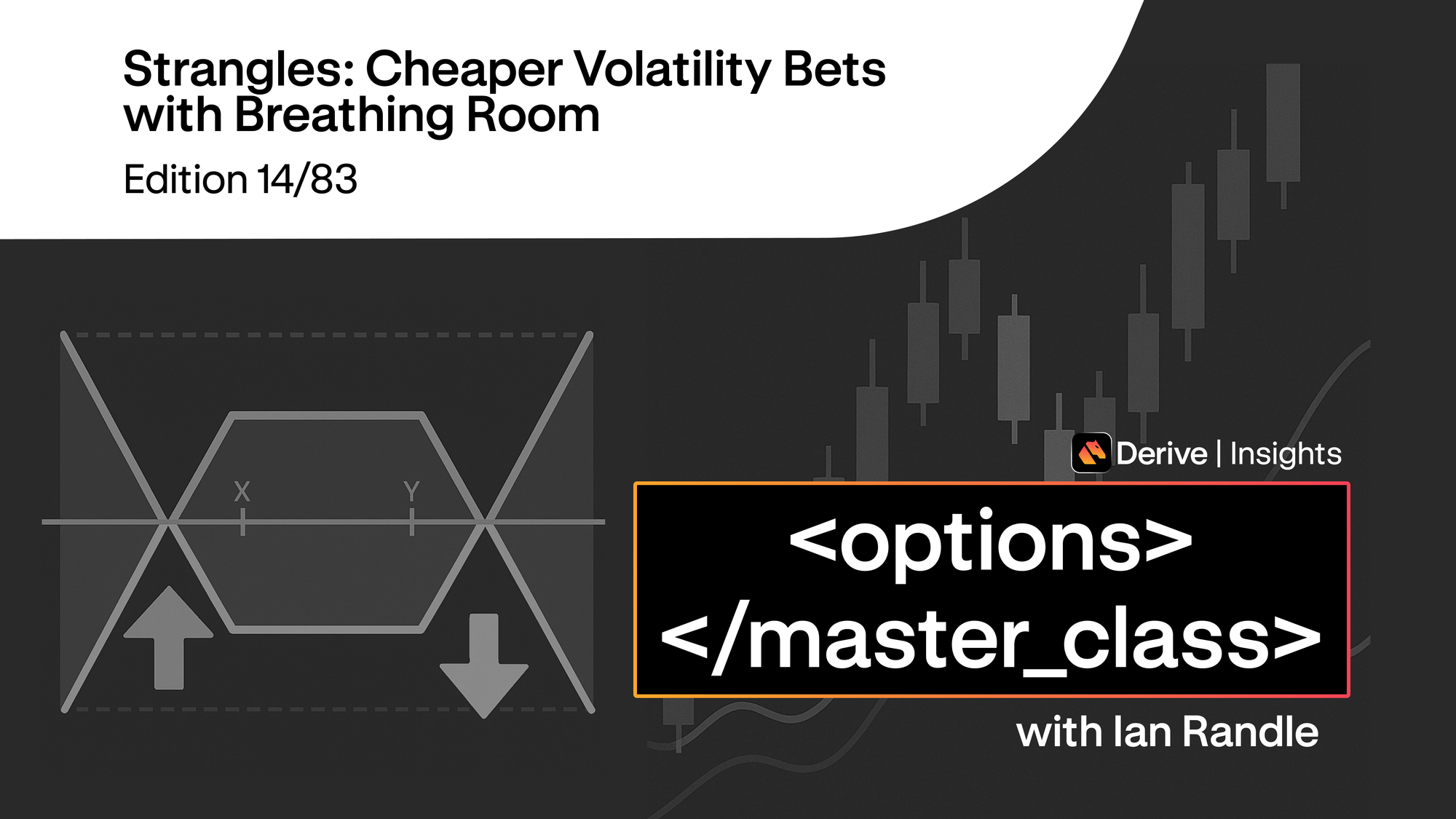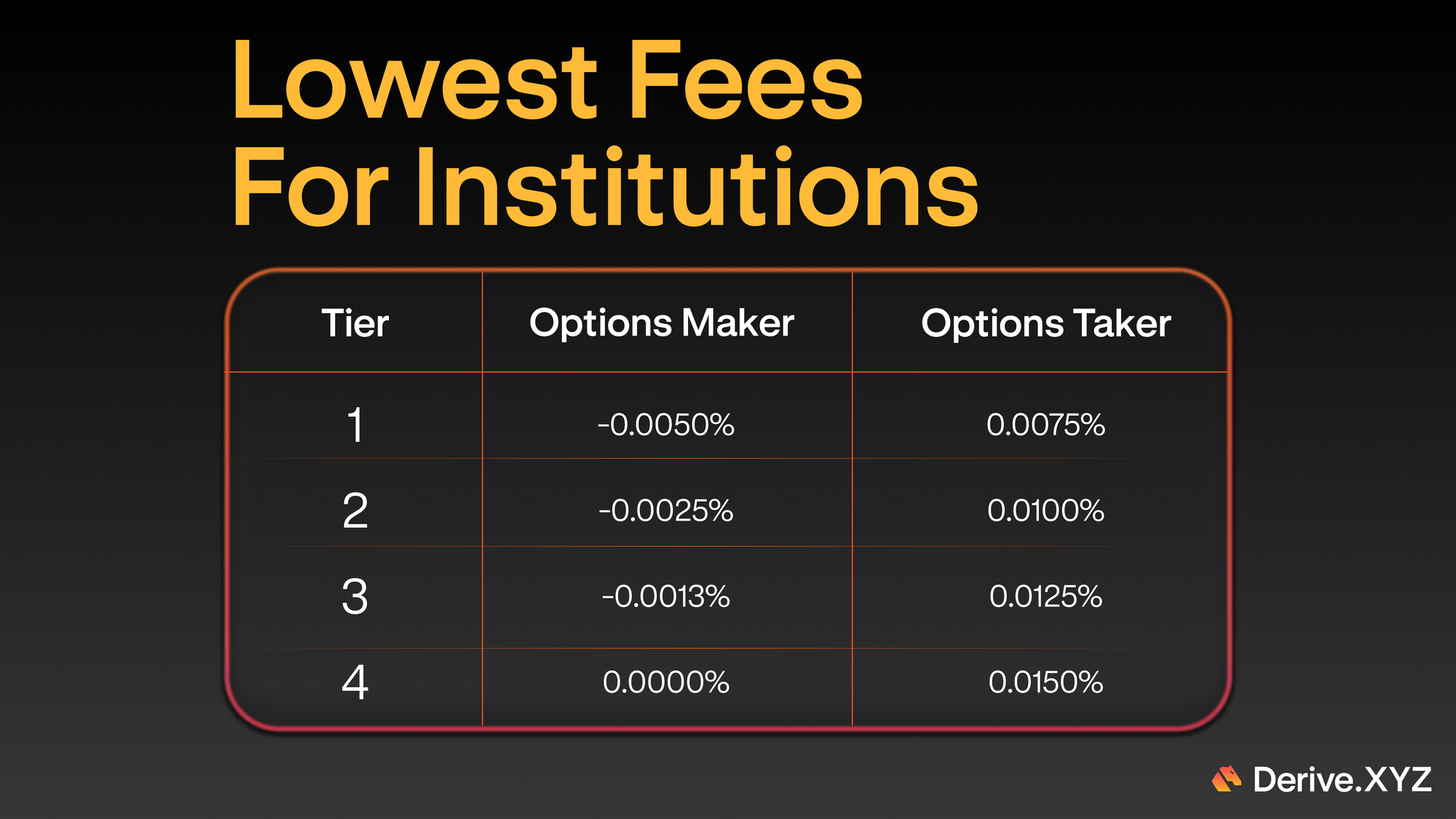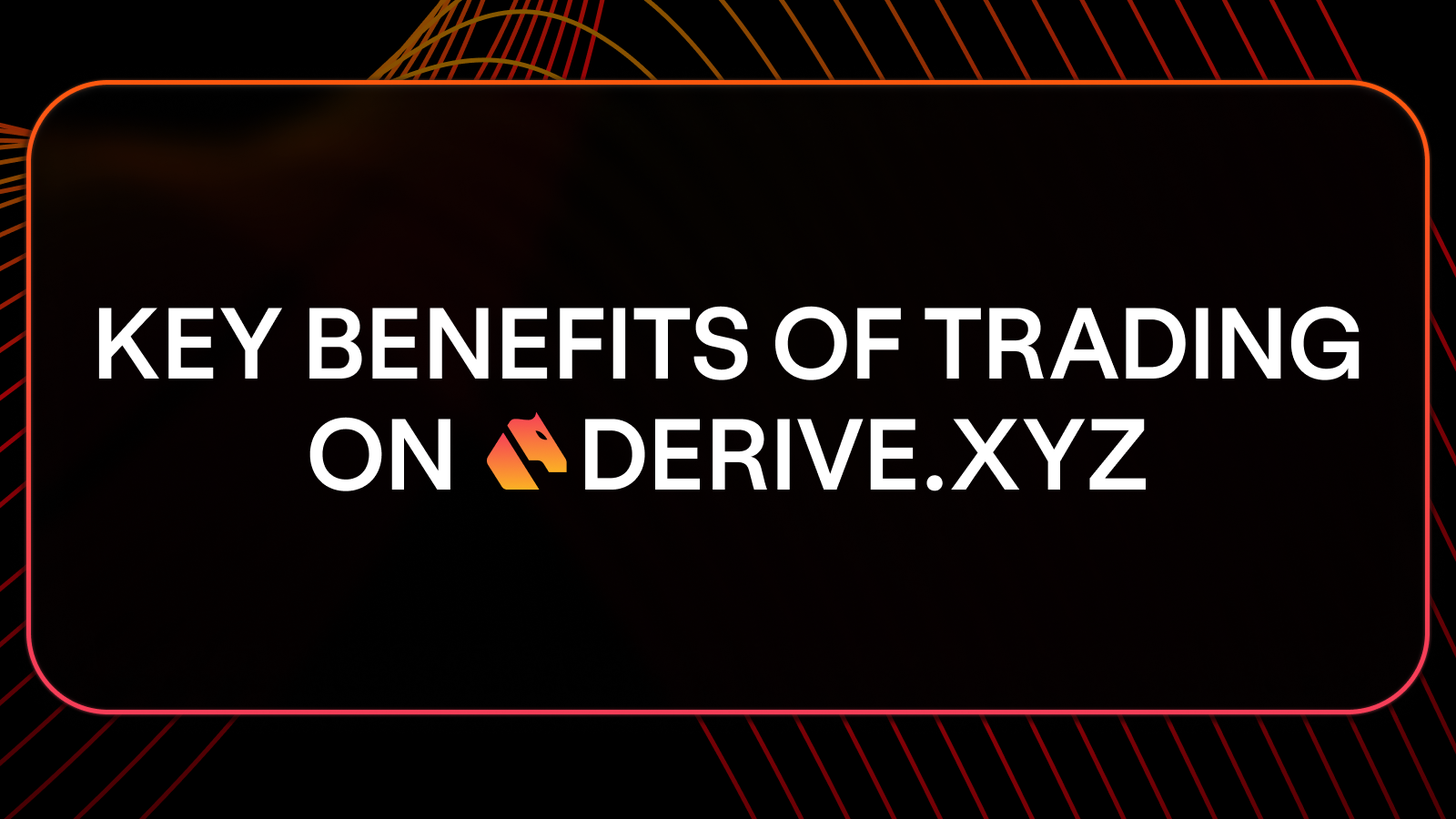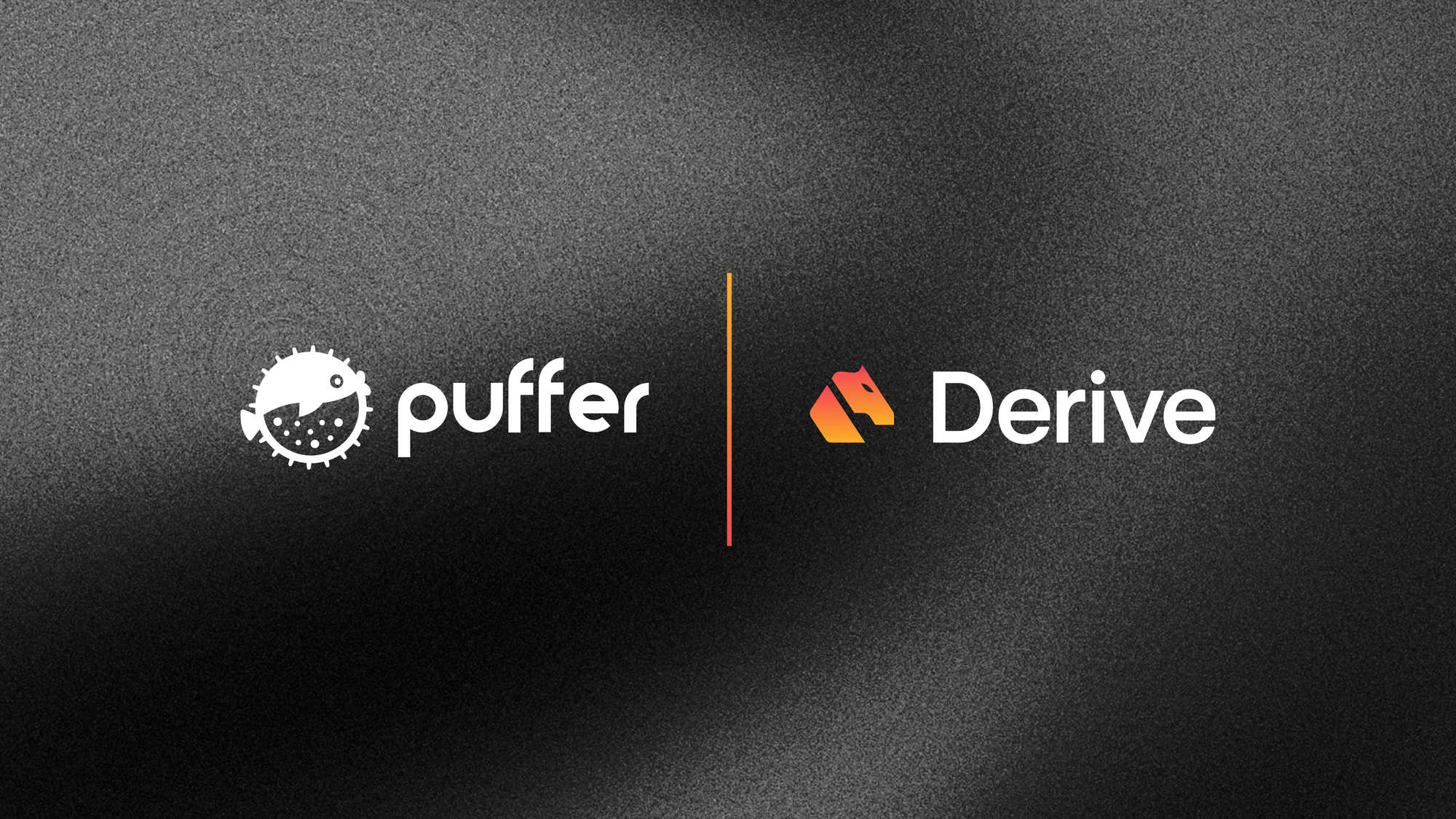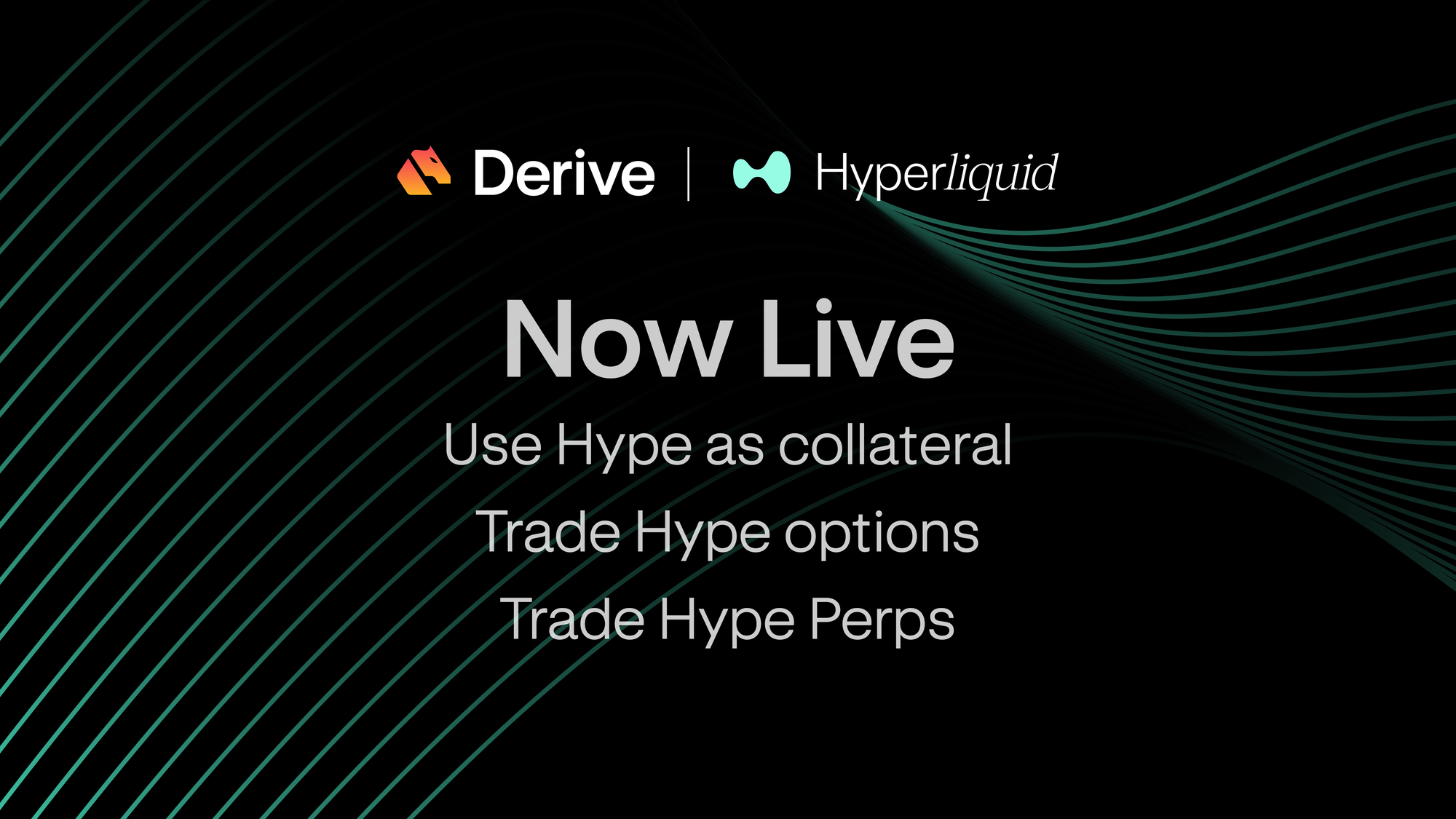Trade volatility without picking a side, while reducing cost and widening your break-even range.
Yesterday, we covered the straddle, a high-premium trade that benefits from sharp moves in either direction.
Today, we shift to the strangle, a more flexible version of the same idea.
It lowers the upfront cost, gives the market more room to move, and still profits from volatility.
What Is a Strangle
A strangle is a two-leg strategy where you:
- Buy a call above the current price
- Buy a put below the current price
- Use the same expiry for both
You still want a big move, but it does not have to be immediate.
You are giving the market more room to choose direction.
Long Strangle
- Buy an out-of-the-money call
- Buy an out-of-the-money put
- Pay less premium than a straddle
- Breakeven is further away in both directions
- Maximum loss is the combined premium paid
- Profit grows as price moves far above or below the strikes
This is a trade on implied volatility being too low, or an expectation that the market will move much more than priced in.
Straddle vs Strangle
Strike Prices
- Straddle: Same strike
- Strangle: Different strikes
Cost
- Straddle: Higher premium
- Strangle: Lower premium
Breakeven
- Straddle: Closer to current price
- Strangle: Wider range required
Movement Needed
- Straddle: Less
- Strangle: More
Strangles are cheaper, but need a bigger move to profit.
Why Use a Strangle
- You want to trade volatility with lower capital at risk
- You believe the asset will move significantly, but are unsure when or in which direction
- You are happy to give the market room to run before expecting payoff
Strangles are often used ahead of major events, during low implied volatility, or when price has compressed into a tight range.
On Derive
- Select an OTM call and an OTM put with the same expiry
- Use a subaccount to isolate and track the trade
- View Greeks and payoff together
- Monitor how each leg behaves as price and volatility shift
Your Action Today
- Choose BTC or ETH
- Build a long strangle by selecting a put below the market and a call above the market
- Note the combined cost and breakeven points
- Compare to the straddle from yesterday, and think about which structure makes more sense right now
Tomorrow, we will explore iron condors, which combine credit spreads and strangles into one powerful range-trading strategy.
Coming tomorrow:
Day 15 – Iron Condors: Income from Stability
Hasta manana
Cpt




